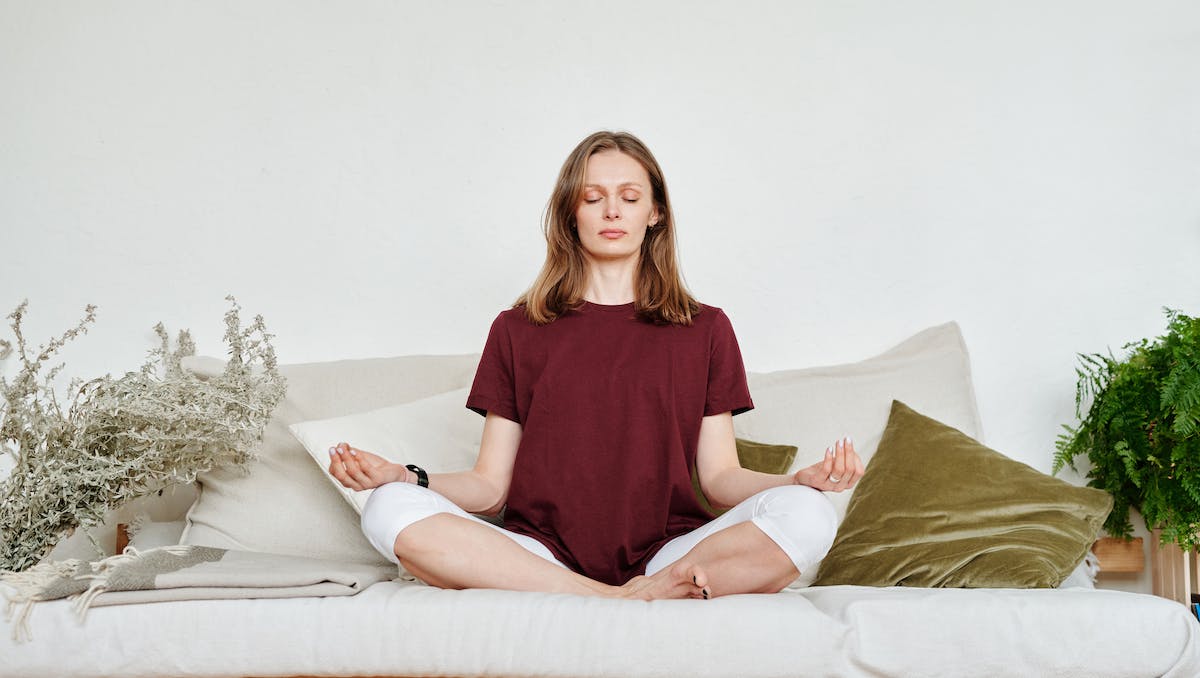Introduction
In our fast-paced world, the ancient practice of Vipassana meditation has emerged as a beacon of calm and clarity. Rooted in Buddhist traditions, this form of mindfulness meditation has gained global acclaim for its simplicity and profound impact on mental tranquility. Let’s embark on a journey to understand and master the art of Vipassana, a path leading to deeper self-awareness and peace.
Understanding Vipassana
Vipassana meditation, often referred to as insight meditation, is more than just a technique; it’s a way of life. Unlike other meditation practices that focus on concentration or visualization, Vipassana encourages practitioners to observe their thoughts and sensations without attachment or judgment. This practice fosters a profound understanding of the mind-body connection and the impermanent nature of our experiences.
Preparing for Vipassana
Before diving into Vipassana, it’s crucial to prepare both mind and body. Find a quiet, comfortable space where you won’t be disturbed. Sit in a relaxed but upright posture, with your hands resting gently on your lap. Mentally prepare yourself to observe your thoughts and sensations without engagement, setting an intention for non-judgmental awareness.
Vipassana Meditation Techniques
- Begin with Breath Awareness: Start by focusing on your breath. Notice the sensation of air entering and leaving your nostrils, or the rise and fall of your abdomen.
- Observe Sensations: Gradually expand your awareness to bodily sensations. Feel each part of your body without trying to change anything.
- Acknowledge Thoughts: As thoughts arise, simply observe them. Let them come and go like clouds in the sky, without getting entangled in their content.
- Return to the Breath: Whenever you find your mind wandering, gently bring your focus back to your breath. This acts as your anchor amidst the ebb and flow of thoughts and sensations.
Common Challenges and Solutions
It’s normal to encounter hurdles like restlessness or distraction, especially for beginners. When faced with such challenges, gently acknowledge them and return to your breath. Remember, the goal isn’t to empty the mind, but to observe it with kindness and curiosity.
Integrating Vipassana into Daily Life
Vipassana isn’t just a seated practice; it’s a tool for mindful living. Try to maintain mindfulness in your daily activities, whether you’re eating, walking, or simply doing chores. Over time, this practice can transform your relationship with life’s challenges, cultivating a sense of calm and resilience.
Conclusion
Vipassana meditation offers a path to inner peace and self-discovery. While the journey may have its ups and downs, the benefits of regular practice are profound and far-reaching. For those seeking a deeper experience, attending a meditation retreat can be a transformative step.
Additional Resources
For further exploration into Vipassana, consider resources such as ‘The Art of Living’ by William Hart or the mobile app ‘Insight Timer.’ Local meditation centers often offer classes and retreats for those looking to deepen their practice.
Embark on your Vipassana journey today, and discover the transformative power of mindfulness in every breath you take.


